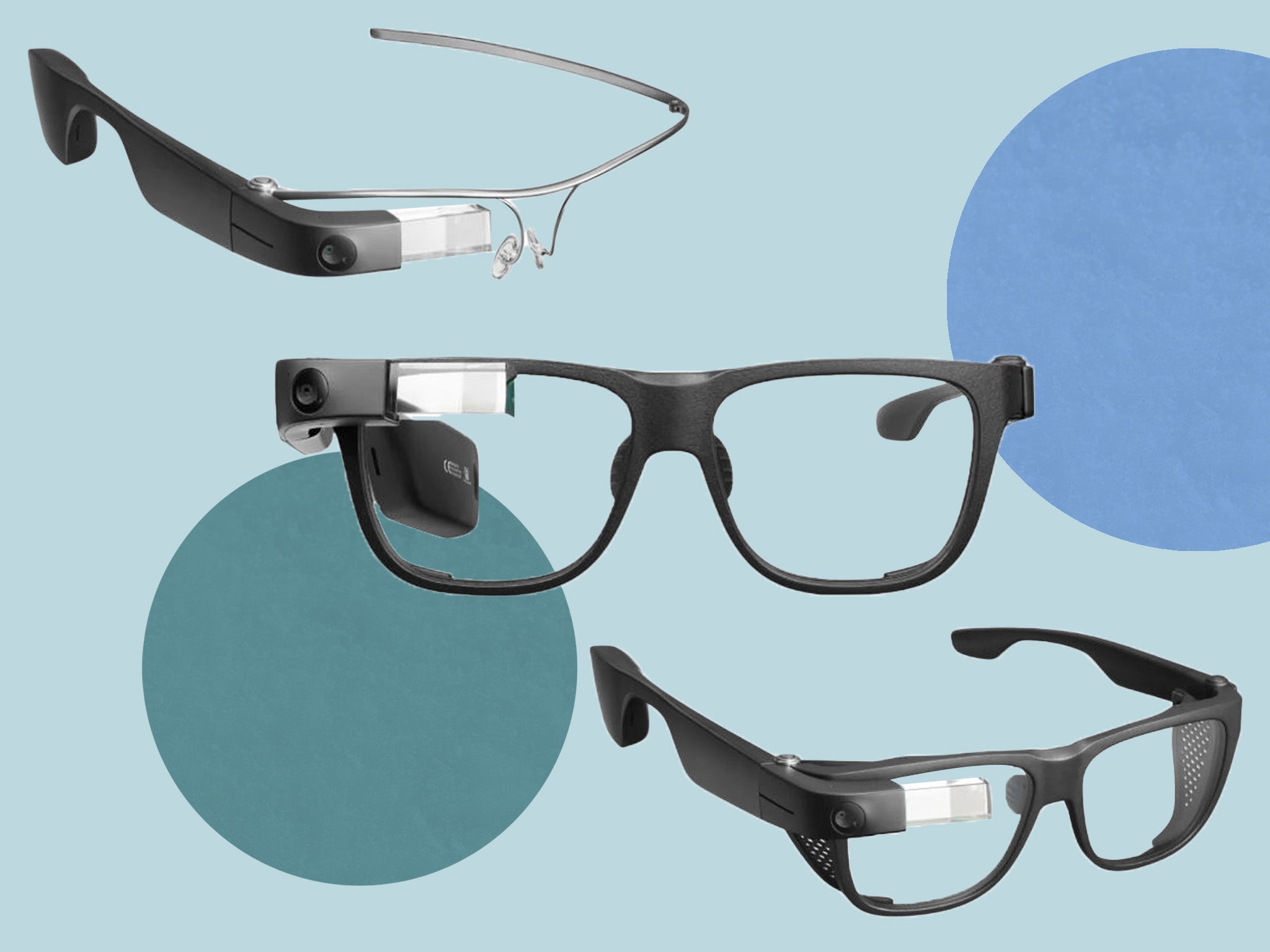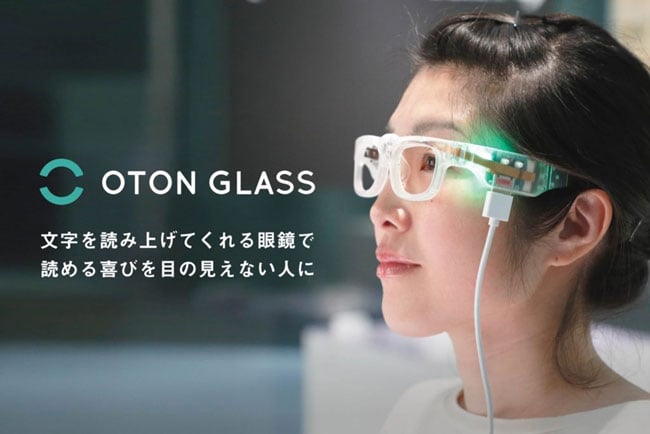Innovative Solutions in Assistive Innovation for Visual Disability
The landscape of assistive modern technology for aesthetic problems is evolving rapidly, providing a series of cutting-edge remedies that boost access and self-reliance. From sophisticated smart device applications that promote navigating to wearable tools made for real-time guidance, these devices are improving the experiences of those with aesthetic problems. In addition, the assimilation of wise home innovations and academic resources has the prospective to promote higher community engagement. However, the effects of these innovations increase essential concerns regarding their ease of access and effectiveness in diverse contexts, requiring a closer evaluation of their wider impact.
Innovations in Mobile Phone Applications
In recent times, improvements in smart device applications have dramatically transformed the landscape of assistive technology for individuals with aesthetic problems. These applications utilize the effective sensing units and abilities of modern-day smartphones to supply users with tools that improve freedom and ease of access in their day-to-day lives.
Notable among these developments are applications created for things acknowledgment, which utilize the smartphone's cam to recognize things and give verbal descriptions. Such features empower individuals to navigate their atmospheres extra properly, whether recognizing items in shops or situating individual belongings at home. Additionally, text-to-speech applications have improved drastically, allowing individuals to catch published text with their device's video camera and receive instant audio feedback, thereby helping with reading and comprehension.
Navigation applications customized for aesthetically damaged individuals have likewise emerged, offering auditory assistance and detailed location information. These tools offer vital assistance for mobility, allowing customers to traverse unfamiliar areas with self-confidence. In addition, community-driven applications have promoted social interaction and resource sharing among individuals with aesthetic disabilities, producing a helpful network that improves their quality of life. Generally, mobile phone applications have actually ended up being vital allies in promoting autonomy and availability for individuals with aesthetic problems.
Wearable Gadgets for Navigating
Wearable tools for navigating have emerged as a groundbreaking option for individuals with visual problems, providing hands-free help that improves mobility and orientation. These gadgets generally use sophisticated modern technologies, including GPS, ultrasonic sensing units, and expert system, to provide real-time feedback and instructions to customers as they browse their environment.
One remarkable instance of wearable navigating modern technology is clever glasses, which can identify barriers and relay auditory or haptic responses to the user, permitting effective and safe activity in numerous setups. Other devices, such as vests and belts equipped with sensing units, can in a similar way educate individuals of their surroundings by providing alerts concerning close-by items or changes in surface.
In addition, lots of wearable gadgets integrate with smart device applications, making it possible for individuals to customize their navigating choices and get tailored course pointers. This customization can dramatically improve the user experience, empowering people to travel with greater self-confidence and self-reliance.
As technology proceeds to establish, the possibility for wearable navigating devices to boost the high quality of life for people with aesthetic impairments continues to be considerable, leading the way for more available and comprehensive read review atmospheres.
Smart Home Technology Assimilation

Moreover, smart devices equipped with tactile interfaces or auditory comments give instinctive interactions that cater specifically to the needs of those with visual impairments. Smart fridges can introduce their materials and expiry days, while wise ovens can direct users through the food preparation procedure with audio guidelines.
Home automation systems, such as wise doorbells and safety cams, use peace of mind by allowing users to obtain informs and gain access to live feeds by means of their mobile phones, enhancing personal safety and security (AI-powered visual aids). In addition, assimilation with mobile phones and tablets makes certain that individuals can manage their home environment from anywhere within their properties
As wise home technology remains to advance, it holds the prospective to transform the living experiences of people with visual impairments, cultivating self-reliance and improving top quality of life in a progressively connected world.

Educational Tools and Resources
Accessibility to effective academic devices and resources is critical for individuals with visual problems, as it encourages them to engage completely in their understanding experiences. Various assistive innovations have actually been created to enhance ease of access and foster independent understanding.
Moreover, educational software application especially designed for visually impaired individuals uses attributes such as high-contrast settings and adjustable text dimensions. These devices suit varied learning styles and guarantee that trainees can tailor their academic experience to their requirements.
Moreover, accessibility to audio publications and virtual libraries broadens the variety of offered discovering products, making it possible for students to check out topics comprehensive without the constraints imposed by traditional print resources. Collaborative platforms that incorporate accessibility features additionally promote team this tasks, making sure that aesthetically impaired students can add meaningfully along with their peers.
Area Support and Engagement
A robust network of area assistance and interaction is vital for individuals with visual problems, promoting an inclusive environment where they can grow. Area organizations, local campaigning for teams, and volunteers play a critical role in giving resources, information, and friendship, which are crucial for enhancing the top quality of life for those affected by aesthetic disabilities.
Involvement tasks such as workshops, gatherings, and support system not only assist in ability growth yet additionally promote social visit site interaction, decreasing feelings of isolation. These efforts motivate people to share successes, challenges, and experiences, thus enhancing area bonds. In addition, collaborations with neighborhood organizations can lead to greater accessibility in public spaces, further incorporating people with aesthetic disabilities into the neighborhood.
Innovation likewise enhances community engagement through on-line systems that use online support groups and resources, allowing people to attach despite geographical obstacles. By using both digital and in-person services, communities can develop a thorough assistance network. Inevitably, promoting partnership among various stakeholders-- including families, educators, and healthcare specialists-- makes sure that people with aesthetic disabilities receive the all natural assistance essential to navigate daily life successfully and with dignity.
Final Thought
Cutting-edge remedies in assistive innovation for aesthetic impairment substantially boost the top quality of life for individuals dealing with these obstacles. The integration of smartphone applications, wearable tools, smart home innovation, and academic devices cultivates greater self-reliance and availability.
The landscape of assistive modern technology for aesthetic impairment is developing quickly, providing an array of cutting-edge remedies that improve accessibility and self-reliance. Community-driven applications have fostered social interaction and resource sharing amongst individuals with aesthetic problems, developing a supportive network that enhances their high quality of life. In general, mobile phone applications have become essential allies in promoting autonomy and accessibility for people with aesthetic disabilities.
Numerous individuals with aesthetic problems are discovering higher autonomy via the assimilation of wise home innovation.Innovative solutions in assistive modern technology for aesthetic impairment significantly boost the high quality of life for people dealing with these challenges.